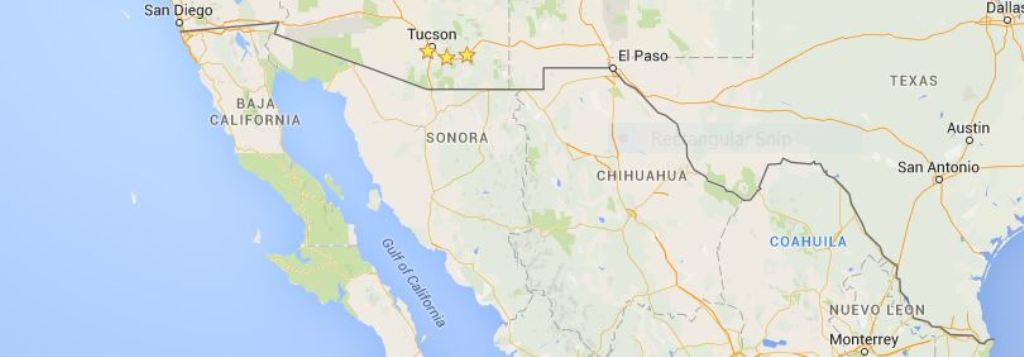
BorderTransportationSystem ™ ©
Jobs, Security, Speed, & You
------ Menu -----
|
BorderTransportationSystem ™ © Jobs, Security, Speed, & You
|
------ Menu ----- |
How will Heat effect Materials of a Bridge
The BorderTransportationSystem will be built in a very hostile area of the nation, the southwestern deserts of California, Arizona, New Mexico, and Texas, which all border Mexico. This area gets to freezing during the night, and up to a hundred twenty degrees during the day. This huge variation of temperatures puts much stress on the steel, concrete, paints, and other material used to build bridges.
Studies have been done on the materials and on bridge designs, and the following are recommended reading.
Source: Kansas State University
Date: July 7, 2009
Researchers are studying the effects of integral bridge expansion resulting from heat to make integral bridges a more viable alternative.
Journal of Bridge Engineering © ASCE March / April 2005 {*.PDF}
Effects of Temperature Variations on Precast, Prestressed
Concrete Bridge Girders
"Abstract: The monitoring of a precast, prestressed girder bridge during fabrication and service provided the opportunity to observe temperature variations and to evaluate the accuracy of calculated strains and cambers. The use of high curing temperatures during fabrication affects the level of prestress because the strand length is fixed during the heating, the coefficients of thermal expansion of steel and concrete differ, and the concrete temperature distribution may not be uniform. ""For the girders discussed here, these effects combined to reduce the calculated prestressing stress from the original design values at release by 3 to 7%, to reduce the initial camber by 26 to 40%, and to increase the bottom tension stress in service by 12 to 27%. The main effect of applying the standard service temperature profiles to the bridge was to increase the bottom stress by 60% of the allowable tension stress. These effects can be compensated for by increasing the amount of prestressing steel, but in highly stressed girders, such an increase leads to increased prestress losses ~requiring yet more strands! and higher concrete strength requirements at release."
Environment Transportation Organization 2012
"Extreme weather events affect nearly every state in the U.S."
"In 2012, a total of 133 disaster events occurred resulting in about $881 billion in damages (see NOAA NCDC graphic at right). Events ranged from hurricanes, droughts, heat waves, severe local storms, non-tropical floods, and winter storms, to wildfires and freezes. There is strong evidence that events related to heat, heavy precipitation, and coastal flooding will grow in frequency and severity in coming decades and we will likely continue to experience droughts and tropical storms."
"Changes in the frequency or intensity of extreme weather events also influence changes in design inputs and considerations for engineers. For example, how does one look at infrastructure design differently provided changes in weather-related stressors like increased wind or storm exposure and associated wave impacts, temperatures, precipitation, and freeze-thaw cycles? And, how does one assess the risk to existing infrastructure from increased incidence of extreme weather events? "
Index of ...
|